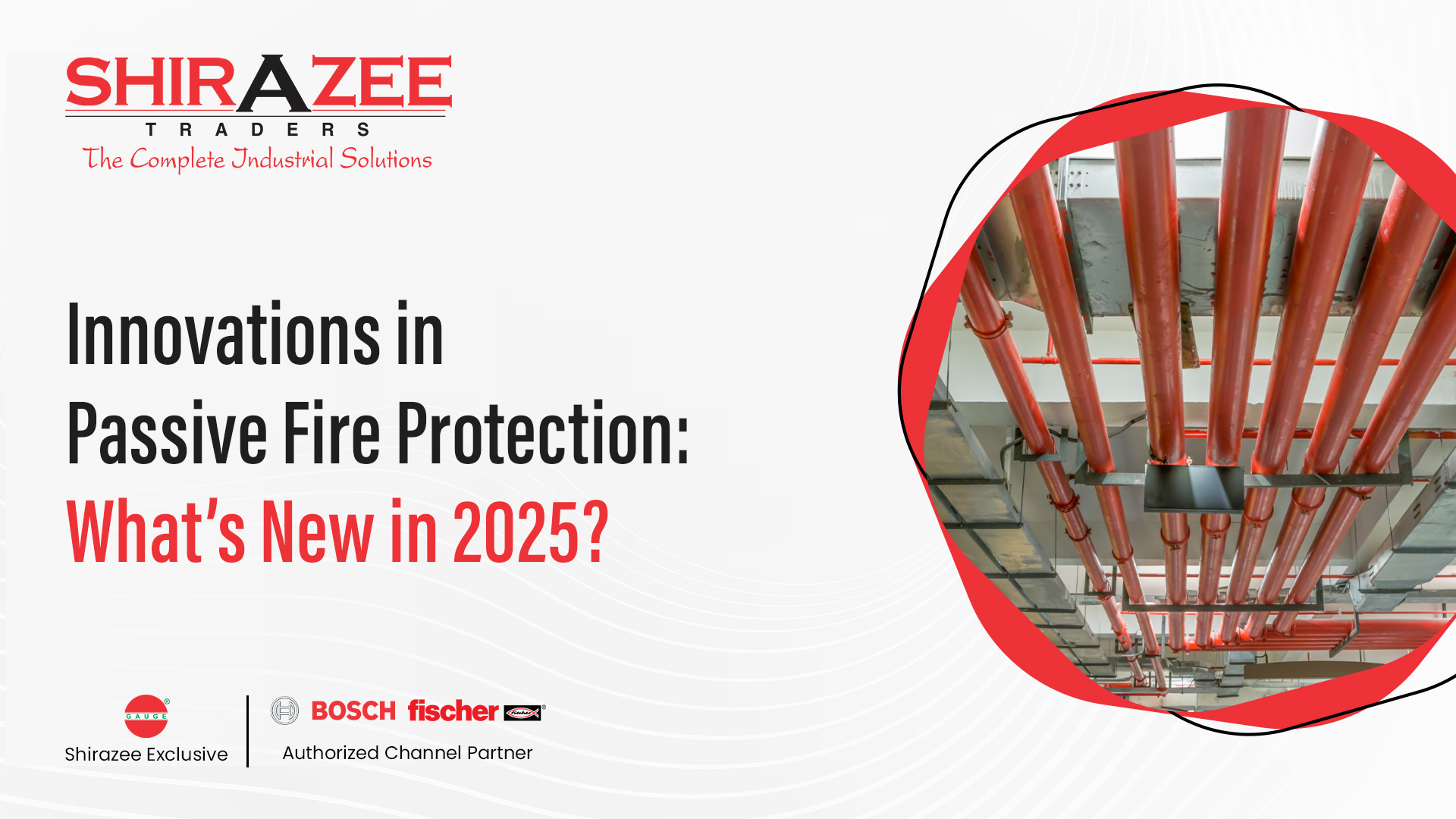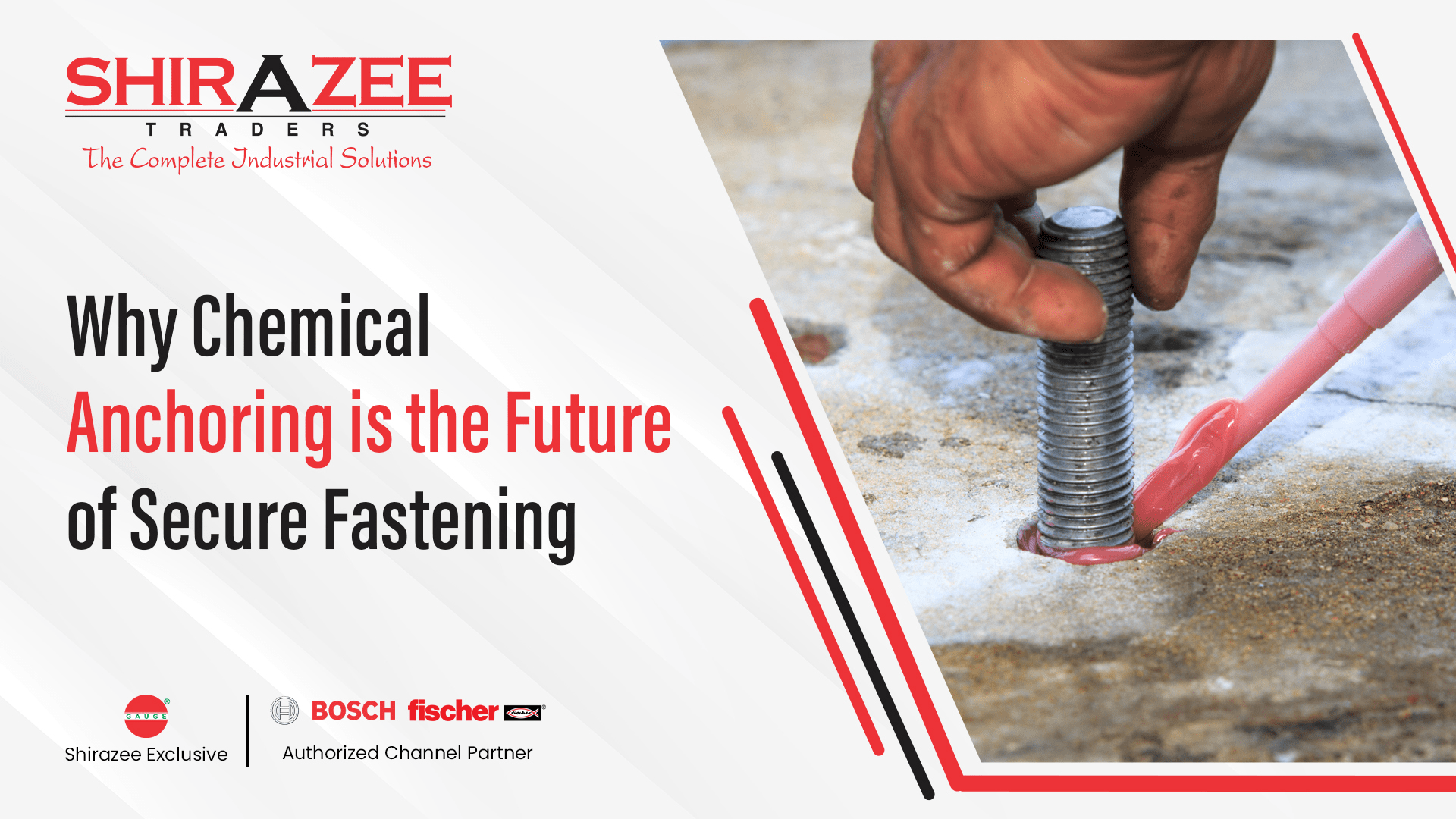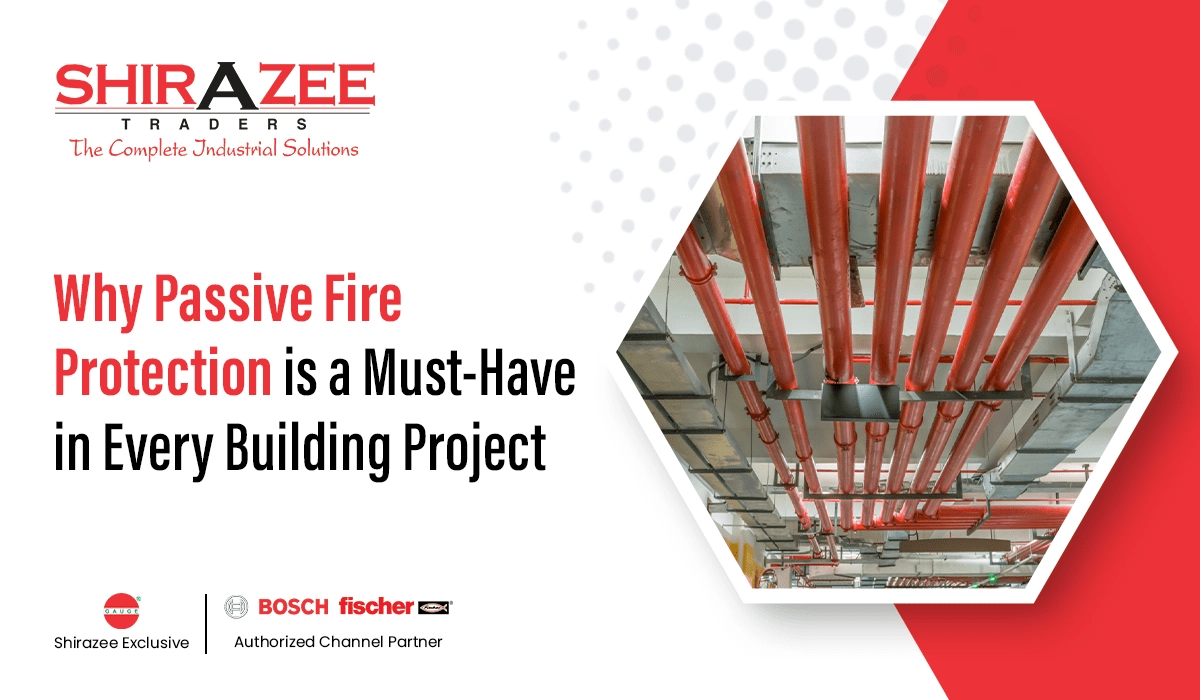
Construction is moving fast. Materials are evolving. Codes keep changing. But one thing that has not budged is the rising pressure on project teams to meet fire safety standards. And not just to tick boxes but to build smarter, safer spaces. That is where the game is shifting—from compliance to real protection.
Here is the problem, however. A lot of builders and contractors are still stuck using outdated solutions that don’t quite match up with modern demands. Whether it is a high-rise in the city or an industrial plant on the outskirts, the stakes are higher now. Fire does not give second chances.
The good news? 2025 is shaping up to be a big year for passive fire protection solutions. From smarter materials to seamless integrations, the industry is stepping up. And if you are in construction, development, or project management, these upgrades are not just interesting—they are essential.
What Passive Fire Protection Means
Before diving into what is new, it’s worth revisiting what passive fire protection solutions do. They are not the sprinklers or alarms—those fall under active fire protection. Passive systems are the quiet guardians. Built right into the structure, they don’t move, beep, or spray. But they hold the line when it matters most.
Think fire-rated doors that won’t buckle, walls that buy you evacuation time, coatings that don’t let steel melt, and sealants that block smoke like a charm. The goal? Contain the fire, slow it down, and stop it from spreading chaos through a building.
And here is where it gets serious. With cities growing taller and tighter, every inch of delay in fire spread can save lives, save assets, and save reputations. Passive fire protection solutions are no longer optional. They are the backbone of modern safety design.
What is New in Passive Fire Protection in 2025?
The exciting part is about to begin. The market is booming with new ideas this year that are changing the way we think about fire safety. The materials are becoming more sustainable, stronger, and lighter. These days, fire-resistant coatings are more than simply industrial grey. Without sacrificing functionality, some are even merging into the beauty of architecture.
The trend toward integration is among the biggest changes. Consider a system that not only withstands fire but also coordinates with electrical or HVAC ducts. These aspirations of the future are over. Multipurpose, modular fire barriers are increasingly being used in intricate constructions.
Another standout? Digital traceability. With smart tags and QR-code systems, project teams can now track product certifications, installation dates, and maintenance records right on their phones. No paperwork. No confusion.
So yes, 2025 is not just about upgrades. It is about making passive fire protection solutions smarter, cleaner, and way more convenient.
Smarter Fire-Rated Materials for Real-World Builds
Gone are the days when fireproofing materials were clunky, toxic, and a nightmare to install. The new wave is all about flexibility without cutting corners. You will see boards, mortars, and paints that are thinner, easier to apply, and still deliver top-tier resistance. Bonus? Many now come with eco-friendly certifications, too.
Contractors don’t have time to fight with rigid products that chip or crack. They need things that fit around beams, vents, and curves. New fireproof wraps and intumescent coatings are doing exactly that. They adapt, they expand under heat, and they protect when everything else fails.
That said, smarter materials don’t mean careless installation. The proper application still matters. But with better products, teams can finish faster, meet audits quicker, and reduce rework. If you are serious about quality, these modern passive fire protection solutions can make your life a whole lot easier.
When Fire Protection Meets Sustainability
Fire safety used to mean choosing between performance and sustainability. Not anymore. The new normal is doing both. And the demand is only growing for passive fire protection solutions that can tick all boxes: resistant, reliable, and responsible.
Low-VOC sealants, halogen-free coatings, recycled insulation—it is all out there. And more importantly, it is becoming affordable and accessible. Big construction firms are already leaning into green-certified products not just for the planet but because clients are asking for them.
If your spec sheet still lists old-school, high-toxin materials, it might be time for an upgrade. These new materials are safer for workers during installation and leave behind a much smaller footprint. It is a win-win—for the project and for the planet.
And when you match safety with sustainability, you get passive fire protection solutions that are built for the future.
Digital Tracking & On-Site Compliance
Have you ever been on a job site, hunting for that one fireproofing certificate that vanished somewhere between the site office and the email thread? It is frustrating. And risky.
That is where tech steps in. The industry is now moving toward fully trackable passive fire protection solutions. From scannable tags to cloud-based logs, everything is just a click away. You can check if a sealant was applied correctly. Confirm if a board was tested to the proper standard. And share it with auditors in minutes.
Not only does this reduce guesswork, but it also protects contractors from last-minute compliance surprises. And it shows clients that their safety is not just a sticker on a box—it is traceable, provable, and real.
So yes, fire safety is going digital. And it is about time.
Bringing It All Together!
When it comes down to it, buildings don’t become safer by accident. It is the sum of thousands of choices—from the anchor bolt you pick to the kind of paint that covers your steel. And fire protection? That is one choice you can’t afford to get wrong.
The new era of passive fire protection solutions is about more than meeting codes. It is about building better, building smarter, and protecting what matters most. Whether you are on-site or managing the budget, staying ahead of the curve can make all the difference.
Because when a fire breaks out, the only thing standing between disaster and safety is the work you did long before the first spark ever flew.







